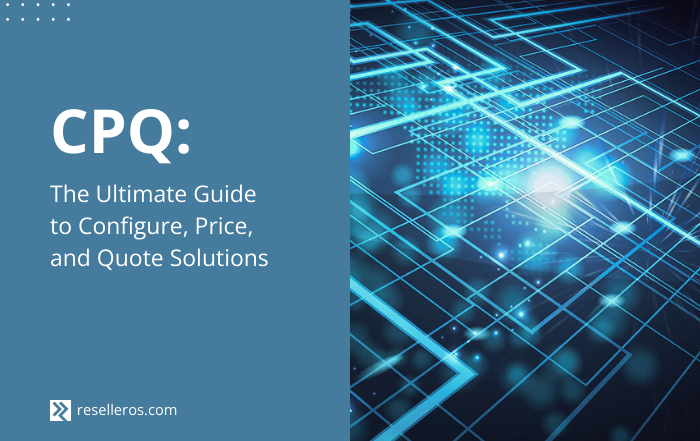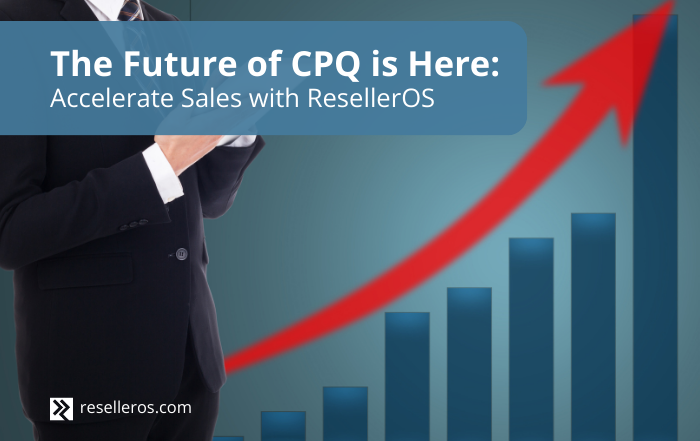The differences between Salesforce’s two user platforms — Salesforce Lightning vs Classic — are becoming more pronounced every day. Classic is the practical system of control, offering reliable Customer Relationship Management (CRM) with governance and supervision. Lightning Experience (LEX) is the dynamic system of enablement, transforming CRM with innovation and engagement.
If you need to drive user adoption, increase efficiency, and boost your return on investment (ROI), Classic may no longer be your best option. As Salesforce.com (SFDC) continues to invest in LEX, Classic is getting left behind. That transition you have been avoiding may be the key to redefining customer relationships within your organization.
Salesforce Lightning vs Classic
Classic is SFDC’s original user platform. The system is established and well-known, and many organizations have invested in it heavily to make it their own. Classic’s user experience can be somewhat clunky, often requiring lots of clicks and movement within the system to accomplish a singular goal. While powerful, effectively wrangling the system has always required custom code and lots of patience.
LEX
- What is it? LEX is SFDC’s newest user platform. It is more than a new user interface; it incorporates the latest technology with SFDC’s CRM expertise.
- What does it do? LEX enables more with a significantly improved, customizable page layout and flow. The component design allows you to switch between multiple records quickly with fewer clicks, letting reps work prospects instead of task lists. Automated processes and workflows enhance productivity even further, especially when combined with Einstein’s intelligent lead scoring and predictive analytics capabilities.
- Why should you care? LEX has been designed with drag-and-drop functionality so that system administrators can customize pages instead of pricey developers. Intuitive layouts and agile workflows bring user adoption to a whole new level. LEX is all about keeping your sales force efficient and productive, increasing your ROI.
LEX: Preparing to Transition
Before you rush into an enterprise-wide transition effort, you should ask yourself some questions, such as:
Is there any new functionality that is only offered in LEX? Many new features are not available in Classic.
-
-
- Do my current third-party applications work in LEX? Most applications are already compatible, but if they aren’t, they will be.
- What Visualforce pages do we use? Where do we utilize Javascript? There are workarounds for Visualforce and Javascript, but they must be considered before the transition.
- What group should transition first? Certain functional areas will be easier to transition than others, so they should be the first ones to examine the new platform.
-
LEX: Evaluating Organizational and Technical Readiness
Once you have determined which group will transition first and what challenges you must account for, you then need to evaluate your readiness in two categories: organizationally and technically.
Organizationally, transitioning to LEX right now makes sense if your sales team does business-to-business sales using accounts, contacts, and leads. LEX has cutting-edge features that will allow your sales force to focus its efforts on pursuing opportunities – not entering data.
If your organization has user adoption issues, then LEX gives you the opportunity to reboot your SFDC implementation and start over. You can use the new platform to revamp your business processes and introduce new features. LEX’s system of enablement is the perfect tool for companies with change management processes that are looking for users to buy into new procedures.
Technically, SFDC has developed an insightful application to speed the transition process: The Readiness Check. When you run the check within Classic, it will analyze the data in your system and what components you use, and then generate a Lightning Experience Readiness Report. The report highlights features that will need to be addressed prior to your transition, and it also estimates how different metrics – like collaboration, win rate, lead conversion, and productivity – will improve after the transition.
Is It Time to Transition?
Many organizations have tailored Classic to meet their unique needs. There is nothing wrong with the platform; for years, it has given sales teams a reliable, controlled system for processing leads and managing customer relationships. LEX, on the other hand, is a platform that can take your CRM into the future. It is a change management tool, giving your sales team the customization and convenience it needs to redefine your customer relationships.
It’s time to drive user adoption, increase efficiency, and realize the full potential that LEX brings to the table. If you have any questions regarding your transition status, contact Rainmaker. Whether you are ready to leap or you are still on the fence, we can discuss your options in regards to Salesforce Lightning vs Classic and develop a transition solution that works best for your organization.
LEX Ideas from Rainmaker
LEX Ideas is a free Lightning enabled Salesforce Ideas management app allowing customers to continue their efforts capturing Employee, Customer and Channel Ideas in Lightning.
New features such as Teams foster more collaboration in your Ideas development. The transition to lightning allows for the use of Kanban to manage your Salesforce Ideas process.
Support for zones, communities, up and down votes, categorization, flexible communication, security and customization.
Download LEX Ideas from Rainmaker today from AppExchange today!
Have questions on how to get started? Drop us a line today!
Rainmaker is a leader in cloud technology enablement, partnering with companies to accelerate growth, overcome challenges, and achieve success. Since 2002, we have expertly completed over 1,800 Salesforce.com implementations in organizations varying from Fortune 500 companies to small businesses. Our process-driven approach delivers innovative, clear solutions that can be used to transform business as you know it.






